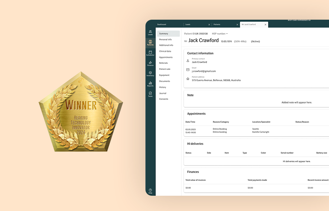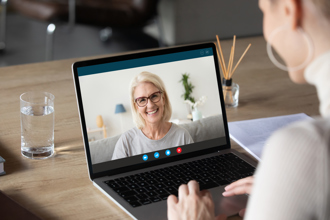
The field of audiology stands at the crossroads of policy, technology, and healthcare, poised for transformative advancements that will shape the way we perceive and address hearing-related challenges. Many of the changes predicted in our blog, “How Technology is Changing Audiology,” have shaped the landscape of the field this past year. Things like further app development, health monitoring in hearing aids, and the growth of remote consultations were seen in 2023 and will likely continue in 2024 and beyond.
As we step into the future, the landscape of audiology in 2024 and beyond promises a convergence of cutting-edge technologies, personalized interventions, and a deeper understanding of the complexities of hearing health. This article explores the exciting potential of the future of audiology and the possibilities that lie ahead.
Artificial Intelligence
The integration of artificial intelligence (AI) into audiology is set to revolutionize diagnostic capabilities. AI algorithms can analyze vast amounts of data, enabling more accurate and efficient diagnosis of hearing disorders. Machine learning models will continuously refine their understanding of various hearing conditions, leading to quicker and more precise assessments.
Hearing aids have incorporated different levels of AI for years, and this is expected to continue in the future. When utilizing deep learning (DL), hearing aids are able to process large sets of data and use this to distinguish between sounds and environments. Changes are then made in real-time to help users hear and understand.
For example, Starkey’s Genesis AI hearing aid utilizes a “deep neural network (DNN)” to function similarly to a typical human cerebral cortex. This allows the device to manage speech-in-noise scenarios more accurately.
Oticon uses a similar system in their hearing aids and trained their AI algorithm with “sound scenes” to help the device learn what to do in different environments. As time goes on, these AI-empowered devices will be further refined to distinguish speech within noise better than ever before.
Auditdata Manage
AI-Suggested Hearing Loss Values in Auditdata Manage
Our Audiology Practice Management Software, Manage uses a smart tool to suggest hearing loss values based on patients' test results. This helps audiologists make better choices for their patients. The feature includes seeing suggested values in patient records, displaying them clearly in the system, making it easier for audiologists to pick the right hearing loss values for their patients.

The Future of Hearing Aids
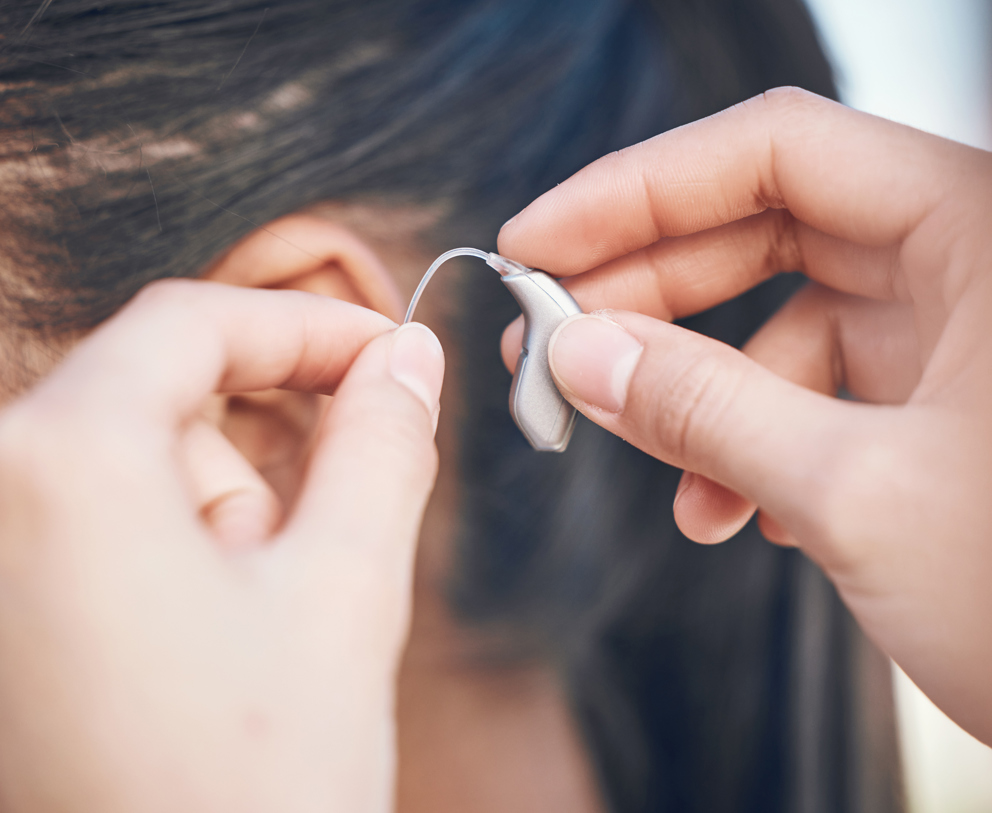
Perhaps a response to patient concerns of hearing aid stigma, companies are beginning to transform hearing aids from simple medical devices to advanced technologies that do much more than amplify sound.
Nearly every modern hearing aid on the market has some form of Bluetooth connectivity, whether that be “made for iPhone” devices or hearing aids that can pair easily to any Bluetooth device.
Some hearing aids are able to not only connect to Bluetooth device, but track physical activity, detect falls, and send alerts to caregivers.
Oticon hearing aids have long used a system called the If This Then That that allows users to do a variety of things within their smart home and phone, such as getting a notification in hearing aids when the doorbell rings or having a message sent to a caregiver when the hearing aid battery is low.
Hearing aids will continue to evolve, becoming more sophisticated and user-friendly. Expect to see smaller, more discreet designs with improved processing power, enhanced battery life, and connectivity features. The idea that hearing aids can be a stylish wearable technology rather than a medical device is likely to continue.
As younger and younger individuals seek hearing healthcare due to things like noise exposure, companies will be enticed to advance their devices beyond hearing.
It’s estimated that 17% of teenagers and 19% of people in their 20s show signs of noise-induced hearing loss.
Teleaudiology and Automation
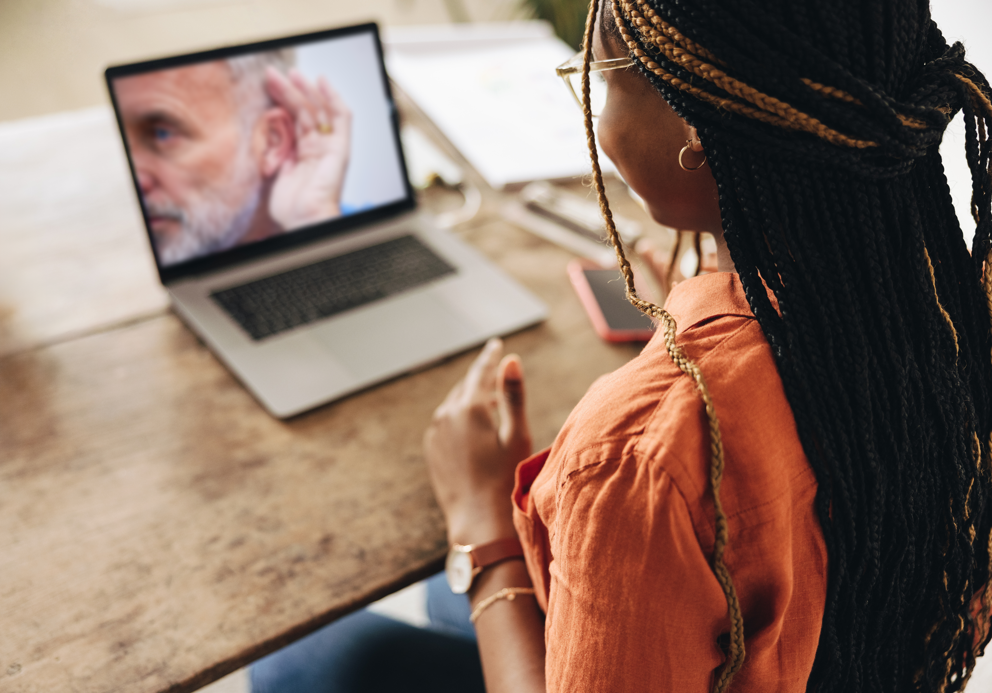
Teleaudiology will become more prevalent, offering remote diagnostic and follow-up services. This trend has gained momentum, particularly in response to global events that underscored the importance of accessible healthcare. While the COVID pandemic increased the use of teleaudiology, it remains a mainstay in modern audiology practice. Patients can benefit from the convenience of virtual consultations, reducing barriers like distance and mobility to regular check-ups and improving overall accessibility to audiological care.
Whether it is used via teleaudiology or as an in-person solution, the automation of screenings and diagnostic assessments is on the rise. These technologies are used not only to save time, but to provide care to individuals in areas where hearing healthcare professionals may be few and far between.
The Auto Hughson-Westlake test is a great example of a high-quality automated assessment. Once an individual is set up with the appropriate transducers, the test runs automatically, adapting to patient responses. Automated assessments have been soon to produce nearly identical results obtained with traditional audiometry, making these measures a reliable and convenient tool.
Over-The-Counter Hearing Aids
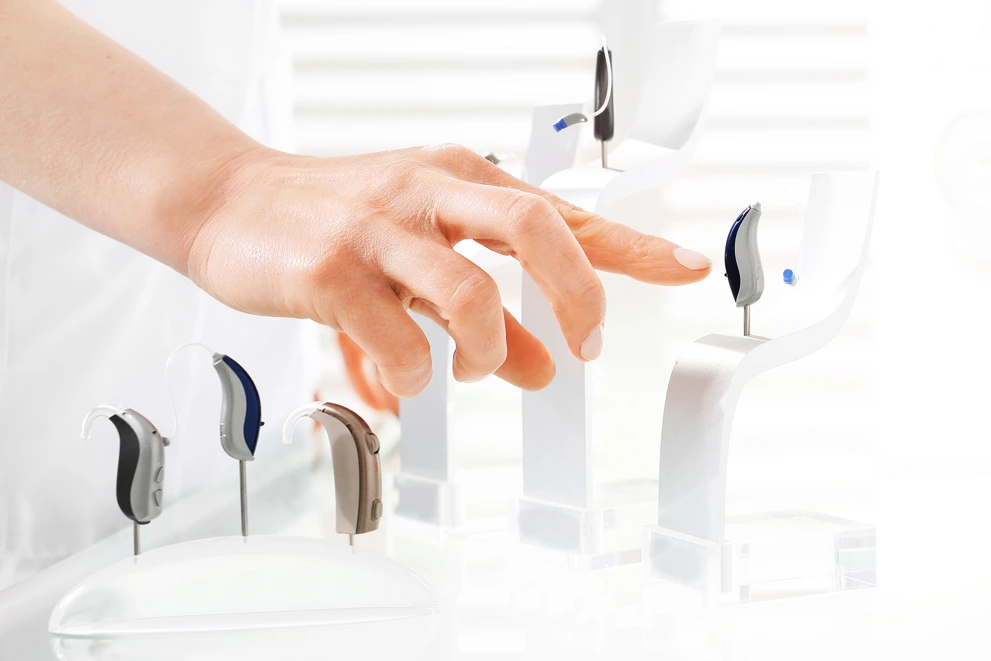
In August of 2022, the American Food and Drug Administration (FDA) established a regulatory category for over-the-counter (OTC) hearing aids. While OTC devices and personal-sound-amplifiers have existed for years before this, many felt the FDA ruling would provide legitimacy to these devices and thus disrupt the hearing aid market. OTC devices, however, are much different than prescriptive hearing aids. They have benefits like cost and accessibility, but they are not individually fit and are only appropriate for a small subset of people.
This policy, however, will likely continue to change the landscape of audiology for years to come. People who would have not considered hearing aids before may try OTC devices first, and when they do not or no longer perceive benefit, it’s possible they’ll be more open to traditional hearing aids in the future.
Additionally, competition breeds innovation. With more devices on the market, hearing aid manufacturers will be further incentivized to create innovative and accessible products.
Public Health Initiatives To Destimgatize Hearing Loss
The legitimization of OTC devices by the FDA thrust hearing healthcare into the public spotlight. As a result, the future of audiology will witness a heightened focus on public health initiatives and awareness campaigns. Efforts to promote hearing health, prevent hearing loss, and destigmatize hearing-related challenges will become integral components of global healthcare agendas. Additionally, as mentioned before, younger and younger individuals are expected to experience acquired hearing loss. This will create a drive towards further innovation and research into the treatment and management of hearing loss.
As we gaze into the future of audiology, it's evident that a harmonious blend of technology, personalized care, and scientific innovation will define the landscape. From AI-driven devices to increased use of tele-audiology, the coming years hold immense promise for individuals with hearing-related challenges. Embracing this resonant future requires a commitment to ongoing research, accessibility, and a holistic understanding of the diverse needs within the realm of audiology.
It’s important that hearing healthcare providers stay abreast of these changes and continue to offer a wide array of solutions to their patients. As these advancements unfold, the echoes of progress will undoubtedly create a symphony of improved hearing health for individuals around the globe.
Other Blogs You Might Enjoy:
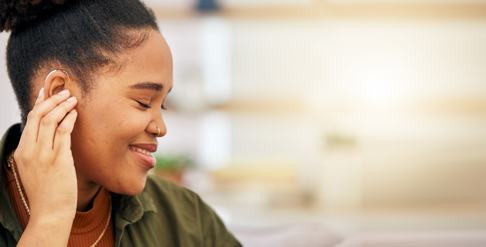
What Do Your Hearing Aid Users Need?
If someone suspects they have hearing loss, they should see an audiologist for a hearing screening to determine whether they need hearing aids. But then what happens? This blog explains how to give your patients what they need for success with their hearing aids, such as setting proper expectations, providing care and maintenance tips for the devices, offering valuable tips before they buy, and providing ongoing aftercare.
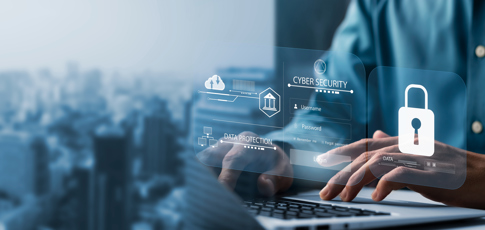
Cybersecurity: Be Prepared – Not Scared: Strengthening Cybersecurity in Hearing Practices
While cybersecurity has become a pressing business issue, many audiology practices don’t have the necessary security measures in place to protect confidential data – including patients’ healthcare and financial information. Does yours?
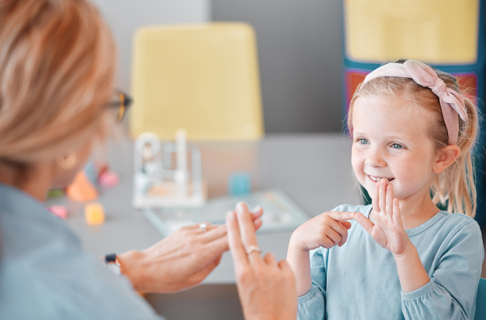
How To Recognize & Address Hearing Loss in Kids and Teens
Is your baby not startled or upset by sudden loud noises? Does your toddler not respond when you call their name? Does your child or teen ask you to repeat yourself often? These could be signs of a hearing loss. It’s important to address (and resolve) hearing issues promptly, as an untreated hearing loss can interfere with your child's ability to learn, socialize, and communicate.This blog outlines signs that your child might have a hearing loss and explains what to do about it.
Don't Miss Out On the Latest Insights On Audiology
Sign up today to receive exciting updates, tips, and the latest newsletters from Auditdata.
Resources:
⭐️ Auditdata Manage - Practice Management Software
⭐️ Auditdata Measure - Auto-Hughson Westlake
⭐️ Future Hearing Journeys, Part 3: The Future of Audiology?
⭐️ How to Prevent Hearing Loss in Young People
⭐️ AI Vs. Hearing Loss: The Battle That's Transforming Millions Of Lives
⭐️ Automated Audiometry: A Review of the Implementation and Evaluation Methods
⭐️ Medical Devices; Ear, Nose, and Throat Devices; Establishing Over-the-Counter Hearing Aids
